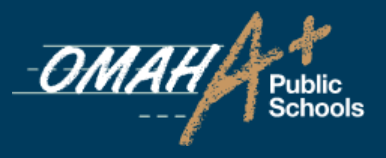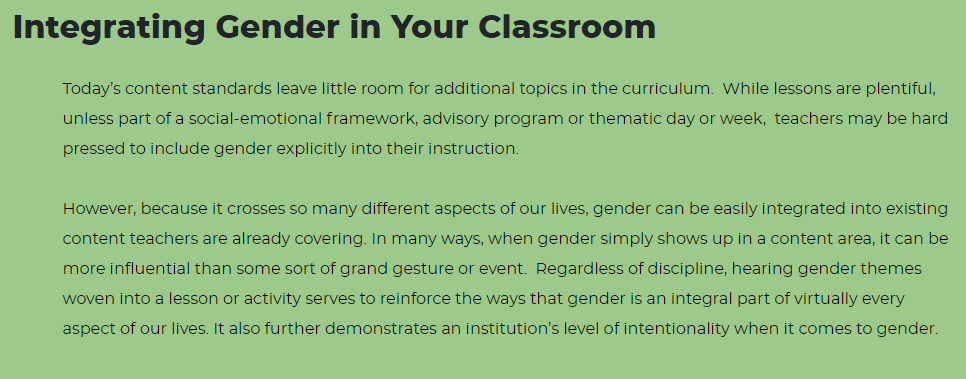
Omaha Public Schools introduces “Gender Identity Equity Guidelines” that state students have the “authority” over how teachers address them
Incidents
- Issues
- Sex and Gender
- Teacher Training
Omaha Public Schools has “Gender Identity Equity Guidelines” to guide the district in how to handle transgender students. The policy states that students have the “authority” on how they are identified by staff and teachers in school. The policy states: “The student has authority over how they are to be addressed in the school environment.” The policy further states:
All employees should respect names and pronouns. Any employee or student who intentionally or persistently refuses to respect the gender identity of a student after notification of the preferred pronoun/name used by the student is in violation of this guideline.
The policy further states that “students shall have access to the restroom that corresponds to the students’ gender identity.” The policy also explains that “the use of locker rooms by transgender students shall be assessed on a case-by-case basis with the goals of maximizing the student’s social integration and equal opportunity to participate in physical education classes and sports.” The policy then explains that “transgender and gender expansive students shall be permitted to participate in physical education classes and intramural sports in a manner consistent with the student’s gender identity.” The school district will also provide training to administrators on transgender issues:
Omaha Public Schools shall provide training to all certified district-level and school-based administrators regarding the district’s obligations to prevent and address gender-based discrimination as well as implementation of the policies, procedures, and regulations, and best practices for creating a nondiscriminatory school environment for transgender students.
The policy additionally provides links to LGBTQ organizations that specifically target children, including GLSEN and Gender Spectrum. The organization GLSEN is known for promoting LGBTQ issues to young children. GLSEN states on its website that “while many LGBTQ+-inclusive school supports begin in middle or high school, it is critical for elementary schools to establish a foundation of respect and understanding for all people.” The organization has also appeared to show support for children taking “hormone replacement therapy” to transition to another gender:
Upon birth, we are typically categorized into one of two genders (boy or girl) depending on how our genitals are read. Throughout our lives, however, our many bodily characteristics work together to create a unique path of development, causing some of us to grow really tall, and others to remain short, or some of us to grow hair under our armpits and legs, while others remain bare. While this development often happens on its own during puberty, this change can also be administered through medicine, such as hormone replacement therapy. Since our society often conflates our bodies (or genitalia) with our gender identity, it is critical that we allow space for people to self-identify.


The organization Gender Spectrum offers resources online specifically targeting “youth” and even teachers. Gender Spectrum offers resources to educators on a page titled “Integrating Gender Diversity Into Everyday Curriculum.” This page explains that the discussion of gender can be integrated into subjects like history, science, mathematics, and even physical education. In targeting the youth, Gender Spectrum offers online chatrooms for children as young as 10 years old who identify as “trans” or “non-binary.”


Stay Informed
